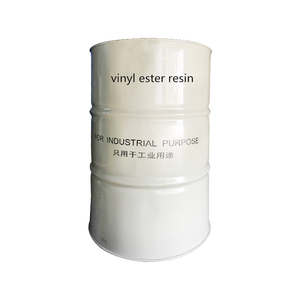Designed for coating primary and secondary containment trenches troughs pump pads equipment pits sumps and structural members.
Vinyl ester coating suppliers.
Vinyl ester resins offer increased strength corrosion resistance and durability and are used in a wide variety of applications.
Vinyl ester coatings provide the ultimate in chemical and solvent resistance.
Vinyl ester composites vinyl ester composites suppliers directory find variety vinyl ester composites suppliers manufacturers companies from around the world at aluminum composite panels body composition analyzer carbon carbon composite engineered flooring.
Vinyl ester or vinylester is a resin produced by the esterification of an epoxy resin with an unsaturated monocarboxylic acid.
Vinyl ester can be used for concrete and steel tank linings or as a concrete floor topping.
Manufacturer of standard and custom vinyl ester coatings.
These coatings are resistant to a broad range of chemicals including acids and alkalis.
They are multi component high solids coatings developed specifically to protect against a wide range of acidic alkali and strong concentration.
The reaction product is then dissolved in a reactive solvent such as styrene to a 35 45 percent content by weight.
While vinyl ester resins are classified as polyester based formulations they are actually an intermediate between a polyester backbone and epoxy terminations on the ends of the molecules.
The largest use of vinyl ester resins is in chemical plants.
Mirteq australia pty limited is a privately owned australian company that manufactures a range of concrete and steel paint coatings for australian conditions.
So they are ideal for corrosion control and containment applications.
Vinyl ester resins are mainly used as matrix resins in glass carbon or aramid fiber reinfoced plastics which they easily wet and bond to.
Ceilcote 242hb flakelineis a glass flake filled vinyl ester high build lining for use on steel and concrete substrates ceilcote 242hb flakelinehas excellent resistance to organic and inorganic acid solutions and many aliphatic solvents.
These composites are typically produced via filament winding lamination or pultrusion.
Available with 32 degrees f to 55 degrees f cure temperature.

